Riesling Looks East
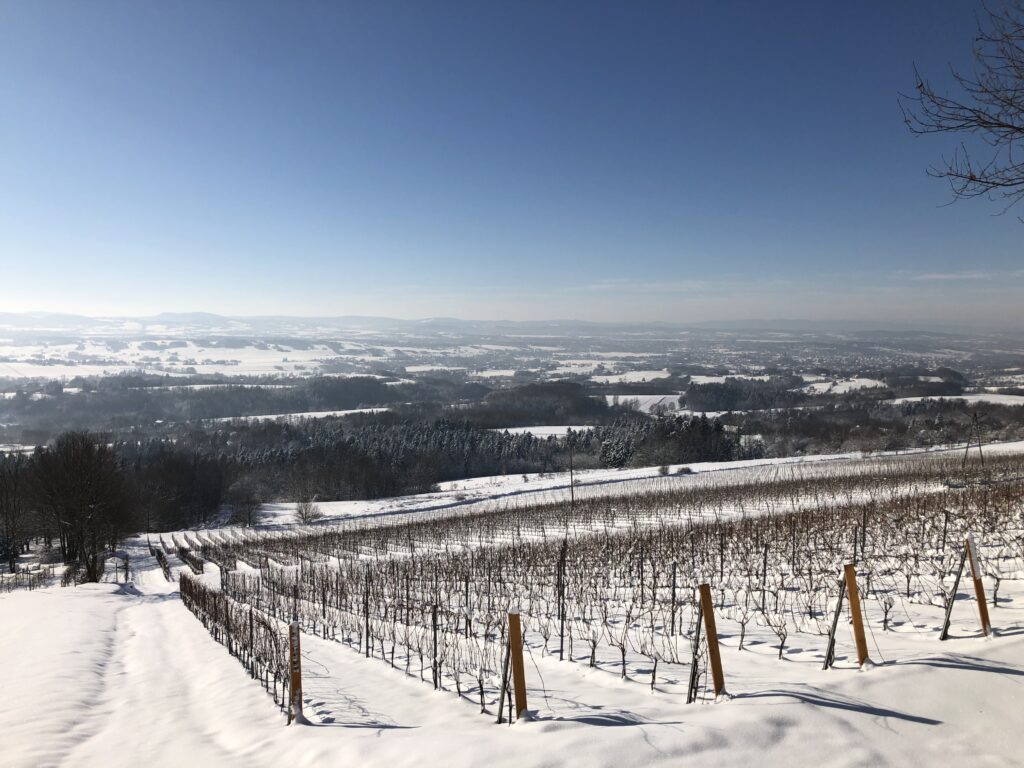
Riesling is Poland’s second most popular grape. Its lure is proving irresistible not only in Zielona Góra and Lower Silesia but also the cooler Lublin region in eastern Poland.

Riesling is Poland’s second most popular grape. Its lure is proving irresistible not only in Zielona Góra and Lower Silesia but also the cooler Lublin region in eastern Poland.
Wojciech Bońkowski is a wine writer from Poland. He is a cofounder of Poland’s Winicjatywa and Ferment, as well as a contributor to Meininger’s Wine Business International, Club Oenologique, and Falstaff. In 2023, he became Poland’s first Master of Wine.
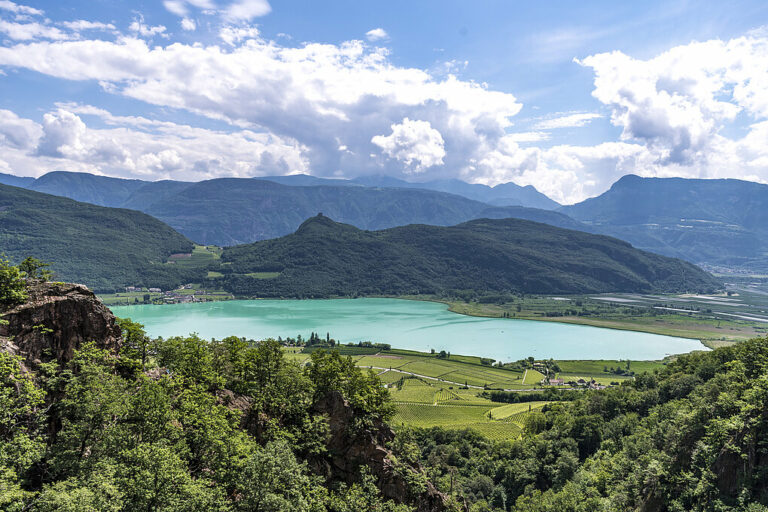
Kalterersee is Alto Adige-Südtirol’s oldest DOC zone, and the most fragrant and floral expression of Vernatsch in the region.
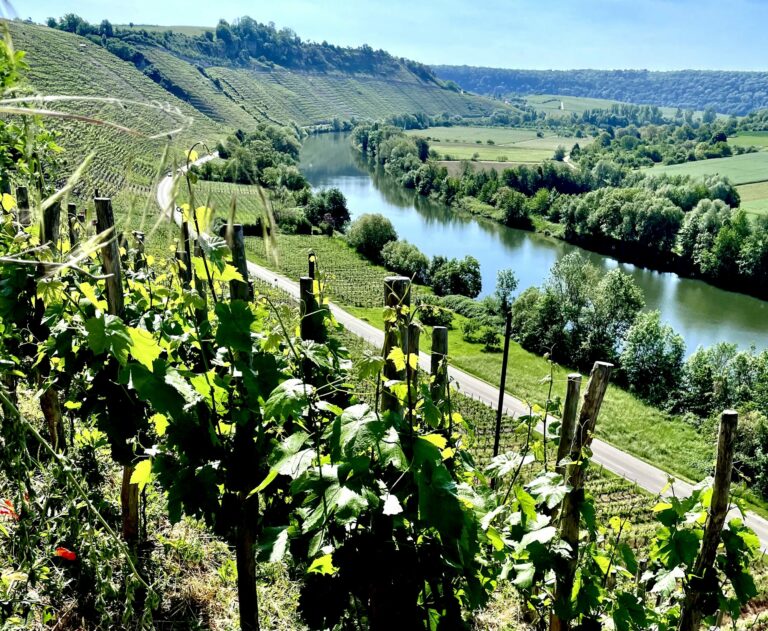
What do you do when you have world-class Riesling terroirs — including some of Germany’s highest, coolest vineyards, extraordinary old vines and massale selections, and a growing cadre of hyper-talented producers who bring imagination and dedication to it all — but the world still thinks of you as a place for, well, something else? This is the predicament of Württemberg’s growers. Over the past decade, they’ve made a strong argument that Riesling should be front and center when we consider the wines of this southwestern German region. Although not everyone believes a narrowed focus benefits Württemberg’s identity (the region’s top…...
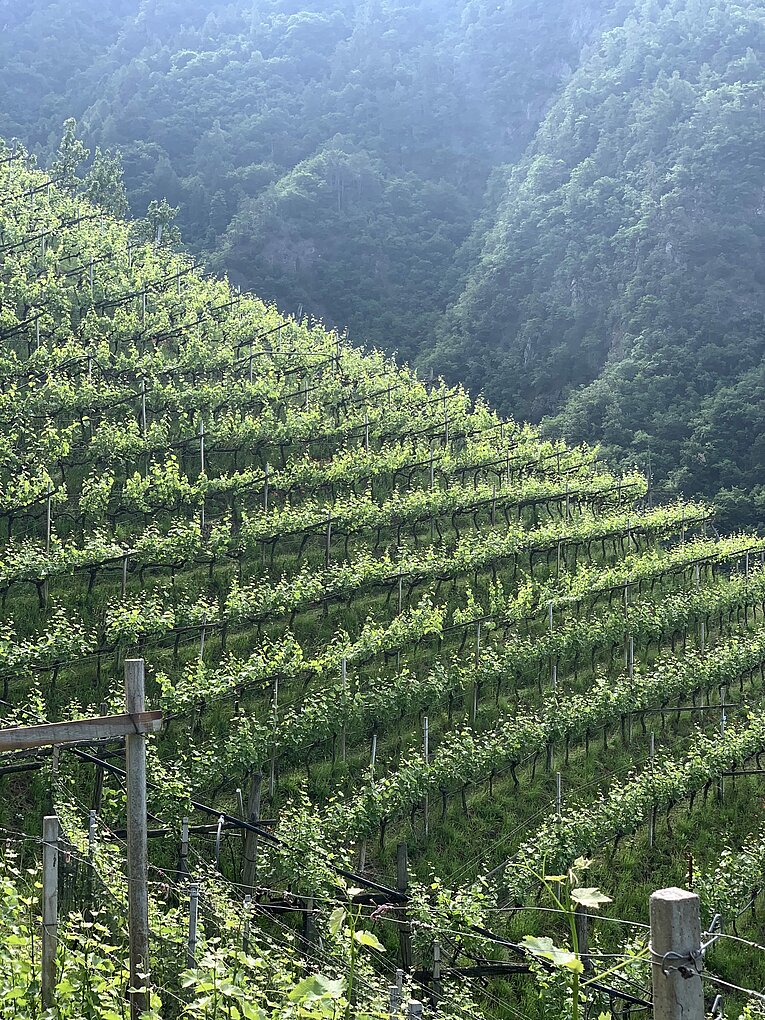
Trink Magazine | A highflying adventure in 4 vintages of Cantina Terlano's reknowned Vorberg wine. By Paula Redes Sidore
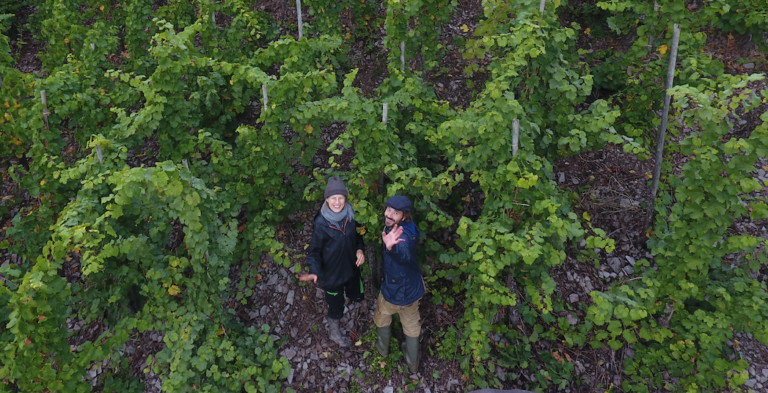
Abandoned vineyards and hard work are opening opportunities for young growers to try their hands a wine growing and making on the Mosel.
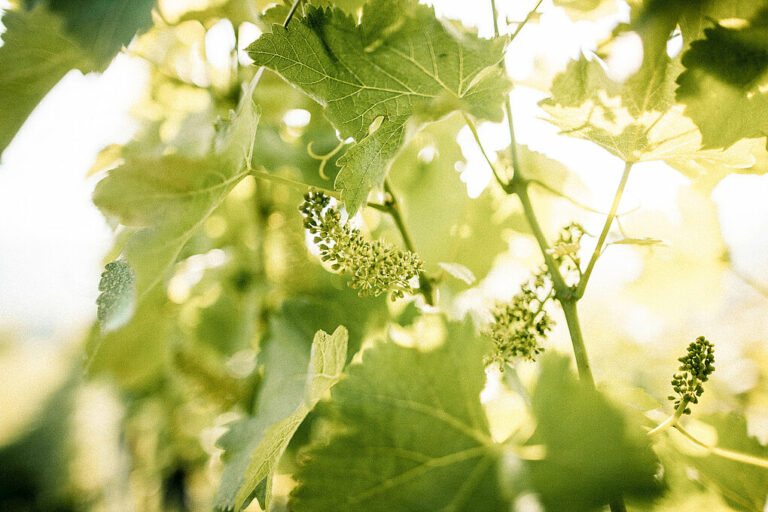
Pinot Blanc is neither a distinctive cépage nor a particular grape variety – at least, not from the viewpoint of ampelography or genetics. And what there is of pure Pinot Blanc worldwide is nearly all rendered in German-speaking growing regions where it is typically known as Weissburgunder.
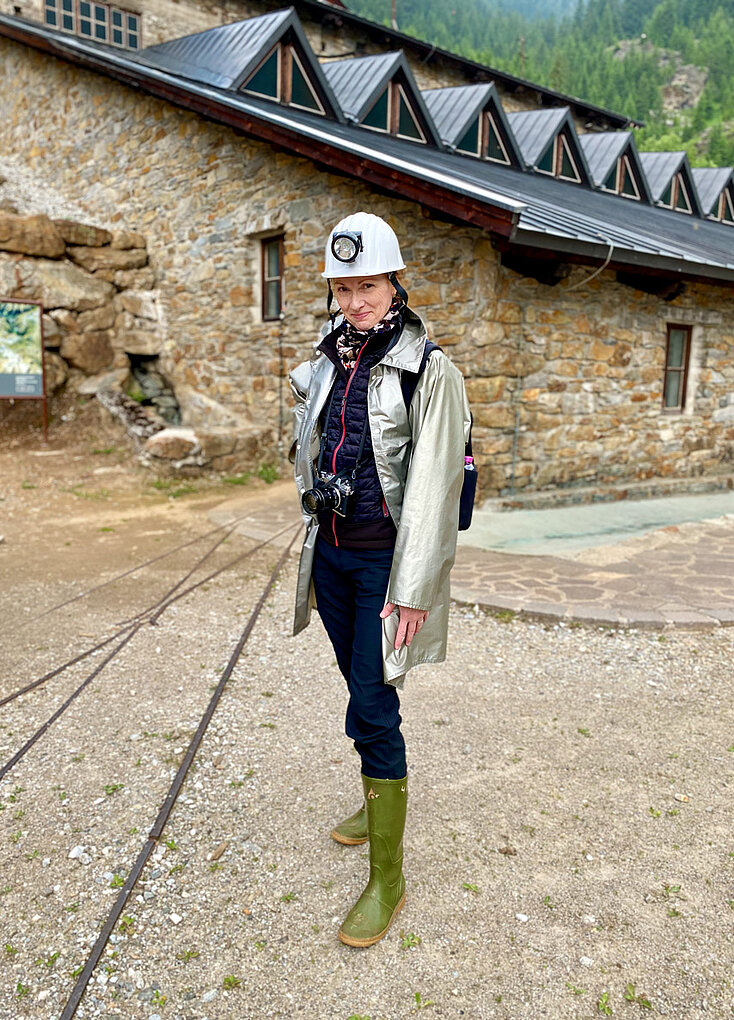
Digging deep with six vintages of the mine-aged iconic Gewürtztraminer Epokale from Cantina Tramin.
Enjoy unlimited access to TRINK! | Subscribe Today